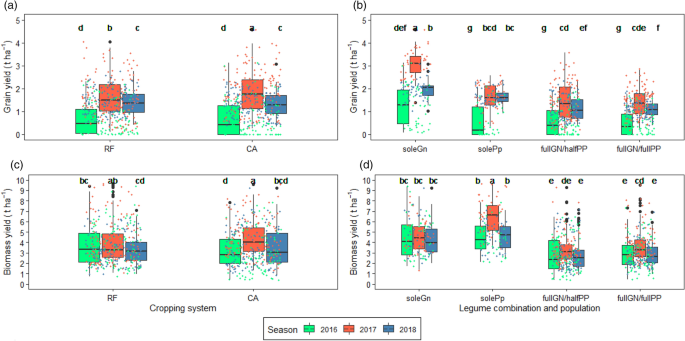
The identification and characterization of these genes allow corn breeding programs at Cornell University and elsewhere (including in the private sector) to efficiently select for the genes, making more stably resistant inbreds and hybrid cultivars. The specific outcomes of this project are to identify QRL for resistance to NLB, GLS, and ASR with sufficiently high resolution to allow efficient MAS for these QRL in applied breeding. This research will build a bridge within the Cornell Research Community, between the Maize Genetics group lead by Ed Bucker, who developed the large genetic resource, and Corn Breeding Program, run by Margaret Smith. Simultaneously, the high resolution of QRLs will increase our understanding of the genes underlying resistance mechanisms in corn, providing insights into the biology of host-pathogen interactions.

The complementary nature of the NAM, NIL and association mapping populations allows us to combine approaches to further resolve genomic regions down to the causal nucleotide polymorphism. Through the identification of causal nucleotide polymorphisms for resistance within genes, we can create perfect markers markers that are not just tightly linked to the resistance allele, but actually fundamental to it. Through one year of trials to date, we have identified several chromosomal regions that provide resistance to NLB, and one chromosomal region associated with resistance to both NLB and ASR. The broad diversity of the germplasm base of the mapping population resource will allow for the identification of previously unknown genes and gene variants providing resistance. Rather than implicating a large genetic region carrying hundreds of genes, we expect to identify the exact genes that provide useful levels of resistance, which will greatly facilitate the utilization of those genes in breeding. We will take advantage of a breakthrough genetic resource in the corn research community, recently developed by Ed Buckler (Cornell University) and colleagues, to identify genes that confer quantitative disease resistance. To achieve this, it is critical to precisely map resistance loci and identify the best alleles at those loci. This work is aimed at facilitating the efficient incorporation of superior alleles for disease resistance into corn hybrids, breeding lines and populations through MAS. Our group focuses on the genetics of disease resistance in corn: we are identifying chromosomal regions and genes that control resistance. The most cost-effective and sustainable way to manage diseases is to incorporate broad-spectrum resistance into corn inbreds and hybrids. Gray leaf spot (GLS) is a problem in several regions of the world, including North America and Africa.

Non Technical Summary Northern leaf blight (NLB), and Anthracnose stalk rot (ASR) are among the most important corn diseases in New York, and these diseases also constrain corn production at the national and international levels.


 0 kommentar(er)
0 kommentar(er)
